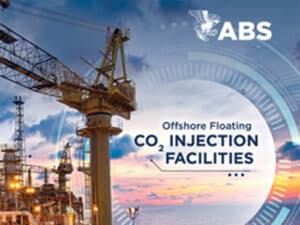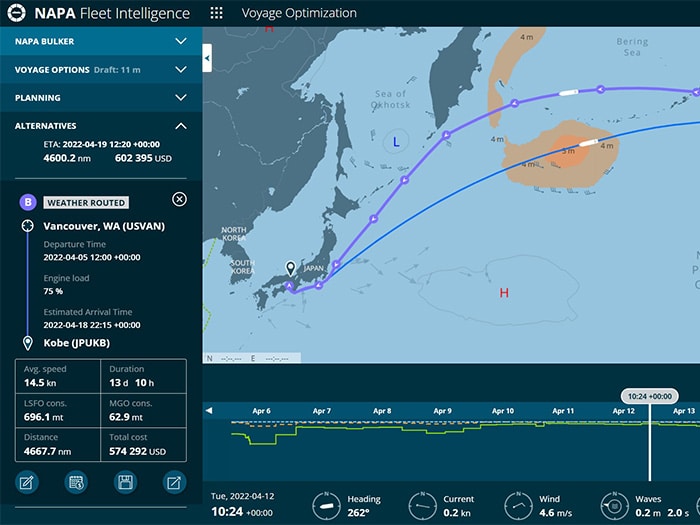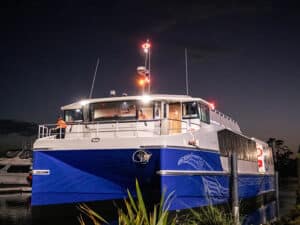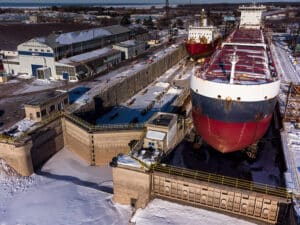
How much fuel and carbon can voyage optimization save?
Written by Nick Blenkey
Voyage optimization with NAPA Fleet Intelligence
With IMO’s EEXI and CII requirements putting the pressure on shipowners to reduce carbon emissions, Finnish-based software specialist NAPA and ClassNK are working with Japanese trading house Marubeni on a major fleet-wide study.
The aim is to evaluate potential fuel savings achievable through voyage optimization, and compare adaptation strategies
NAPA will use its Fleet Intelligence platform to retrospectively analyze the impact of EEXI (Energy Efficiency Existing Ship Index) using actual vessel performance data across Marubeni’s fleet and compare it against similar fleets. ClassNK will provide its expertise in verification, analysis and accuracy. Based on this, NAPA will predict how well the Marubeni vessels will be able to perform in the future with reduced propulsion power and remain competitive in the market from 2023 onwards when the new EEXI and CII (Carbon Intensity Indicator) requirements enter into force.
The cloud-based NAPA Fleet Intelligence platform combines NAPA’s expertise in naval architecture with many years of data on actual sailed voyages and weather conditions, using NAPA’s unique performance model to generate insights. With no need for commissioning or hardware installation onboard vessels, the platform can easily analyze past performance and optimize fleet operations.
This will enable NAPA, ClassNK and Marubeni to analyze the effect of EEXI requirements on Marubeni’s fleet in terms of transportation capacity, CO2 emissions and fuel consumption. NAPA will also calculate CII for vessels using historical operation data and predict how much performance can be improved with the state-of-the-art weather routing system, NAPA Voyage Optimization.
“Reducing emissions is a strategic priority for fleets around the world, and with so many options on the table, it makes sense to start by finding out what is achievable by just optimizing voyages, without the immediate need for any new fuels or technology,” said Naoki Mizutani, managing director at NAPA Japan. “As future fuels are likely to be expensive, fleets should be looking at how they can reduce fuel use in the first instance by operating more efficiently. However, given the multiple commercial incentives at play, this is no easy task, not to mention factoring in weather and ship-specific requirements. Investing in rigorous analysis at the outset will help Marubeni chart its course through the huge number of decisions that will be required to reduce emissions and remain competitive in the long term.”
“It is a very exciting opportunity for Marubeni to collaborate with NAPA and ClassNK on this joint study that will help reduce CO2 emissions and fuel consumption,” said Takayuki Hase, general manager of the ship department at Marubeni. “We hope that this joint study will make a contribution to improving the maritime industry’s carbon footprint through digital solutions for shipping operations.”
“Given that actual vessel performance will play a more pivotal role in shipping operations, ClassNK is very glad to be involved in this project.” said Yoshimichi Sasaki, general manager of ClassNK’s digital transformation center. “I hope that the initiative among three parties will be able to propose a model to utilize the actual vessel performance and extend its implementation in the maritime industry, leading to a low carbon world.”




